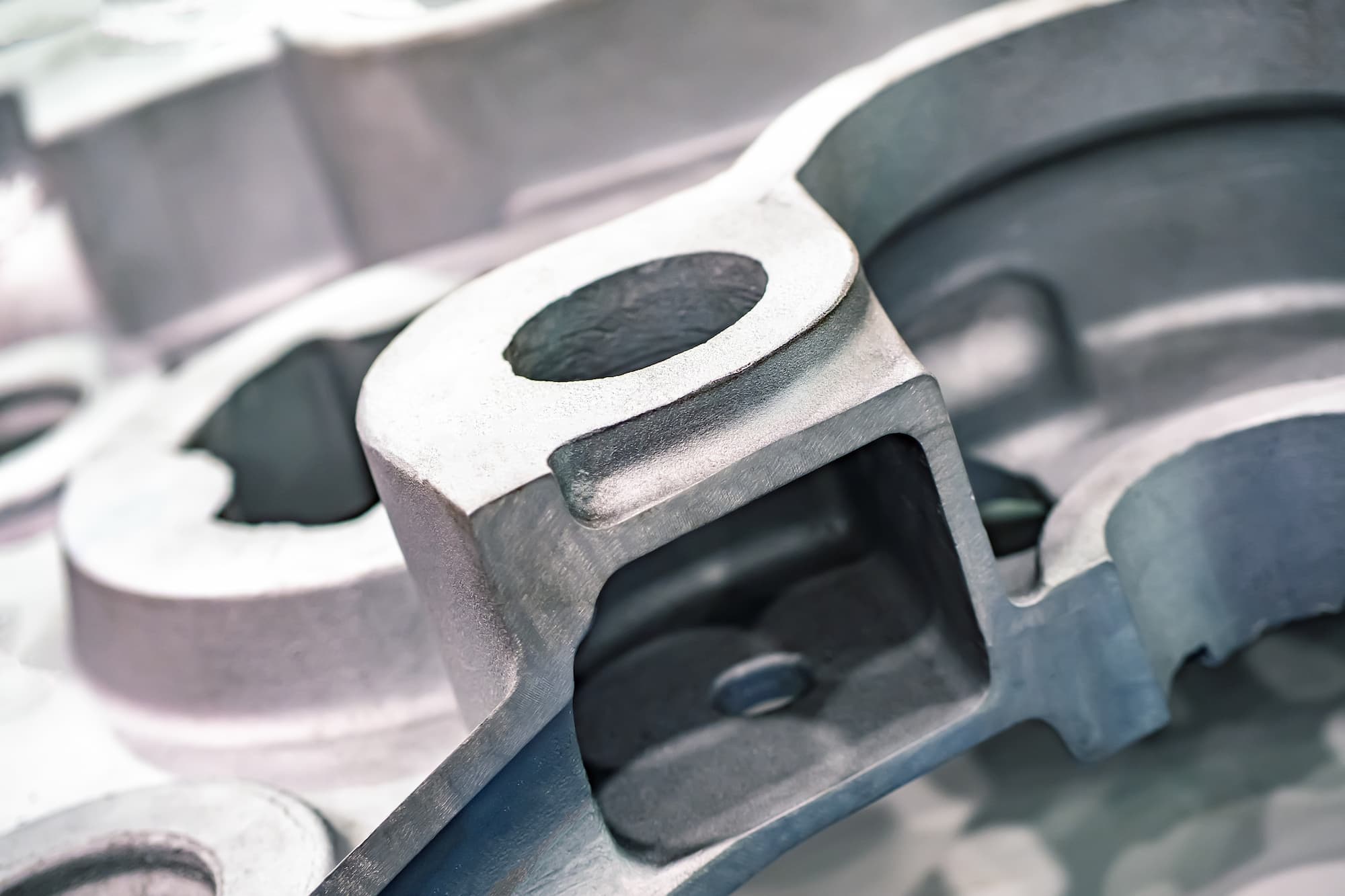When it comes to manufacturing metal castings, foundry engineers must contend with a range of defects that can impact the quality and profitability of their products. It has been found that casting failures can rise as high as 25% resulting in thin margins and increased waste. Since casting defects can significantly impact productivity and profitability, it’s important to understand the most common defects and how to prevent them.
In this blog post, we'll take a closer look at the most common metal casting defects and how to reduce them during production.
Three Main Causes of Metal Casting Defects
From porosity to metal warping, some of the many causes of metal casting defects are due to three things:
Temperature: Pour temperature is important because it affects the fluidity of the metal. If the metal is too hot, it will be more likely to flow into areas that are not meant to be filled. If the metal is too cold, it will not flow properly and could result in voids or other defects.
Contamination: Contamination is a major cause of defects in metal casting. Contaminants can come from various sources, including the sand used to make the mold, the air in the casting environment, or even the skin of the workers handling the molten metal. The most common type of contamination is oxide contamination, which can cause defects, including pinholes, cold shuts, and hot tears.
Mold Design: Mold design is also critical, as improper venting can cause trapped gases to cause defects. Metallurgical properties can also affect castability. For example, materials with high carbon content are more difficult to cast than those with low carbon content. Mold design is arguably the biggest problem in the metal casting industry, one that is compounded at each stage of the manufacturing process.
All metal casting defects must be remelted and slowly reintroduced into the molten material, costing manufacturers billions of dollars each year in lost productivity and equipment utilization.
To reduce spending, it is essential to use high-quality casting process simulation software and close monitoring of the manufacturing process. By catching defects early, manufacturers can save time and money while ensuring that their products meet the highest standards.
The Impact of Metal Casting Defects on Profit Margins
In any industry where margins are tight, it is essential to reduce defects to improve profitability. This is especially true in the metal casting industry, where even a small defect can result in a scrap rate of 2-3%. Reducing defects begins with understanding the root cause of the problem.
Metal casting defects due to poor design account for 90% of all metal casting-related issues. Reducing this number is important since even a small error can result in increased scrap, poor efficiencies, poor equipment utilization, additional changeovers, and additional tooling costs. Once the root cause has been identified, corrective action can be taken to prevent future defects.
Sometimes, this may involve redesigning the mold or changing how molten metal is poured. In other cases, adjusting the heat treatment process may be necessary. By taking proactive measures to reduce defects, foundries can improve their bottom line and become more competitive in the marketplace.
Avoiding Metal Casting Defects With Casting Process Simulation Software
One of the most effective methods for reducing casting defects during manufacturing is to use simulation software. Casting process simulation software is a powerful tool that reduces the occurrence and severity of defects during production.
The simulation software allows product designers to quickly correct issues with dimensional tolerances, porosity, texture, and more. With 2D and 3D virtual casting, product designers can fine-tune rigging design, dimensions, tolerances, and exact material specifications. This high level of optimization is key to avoiding costly scrap, tooling changes, and lost production.
Listed below are some of the many ways THERCAST® optimizes the mold design, reduces defects, and tunes the casting process:

The simulation model helps to ensure that all aspects of the mold and process have been optimized. Incorporating THERCAST® into your production process can tremendously reduce time to market with rapid development and troubleshooting. With a shorter development cycle, your manufacturers can stay competitive with the market. Start reducing metal casting defects by downloading our Ultimate Guide to Casting Defect Prediction.
|
Benefits of THERCAST® 3D Simulation Software
|
|
✓ Improve Competitiveness
✓ Increase Market Share
✓ Improve Product Quality
✓ Increase Return on Investment (ROI)
✓ No Lengthy Prototyping
✓ Optimized Process Parameters
✓ Optimized Process Parameters
|
✓ Reduce lead-times
✓ Reduce Process Scrap
✓ Reduce Production Time and Costs
✓ Reduce Prototyping Costs
✓ Reduce Tooling Costs
✓ Reduce Time to Market
✓ Time Savings for Engineers to Design other Projects
|
Contact Transvalor Americas to learn more.


